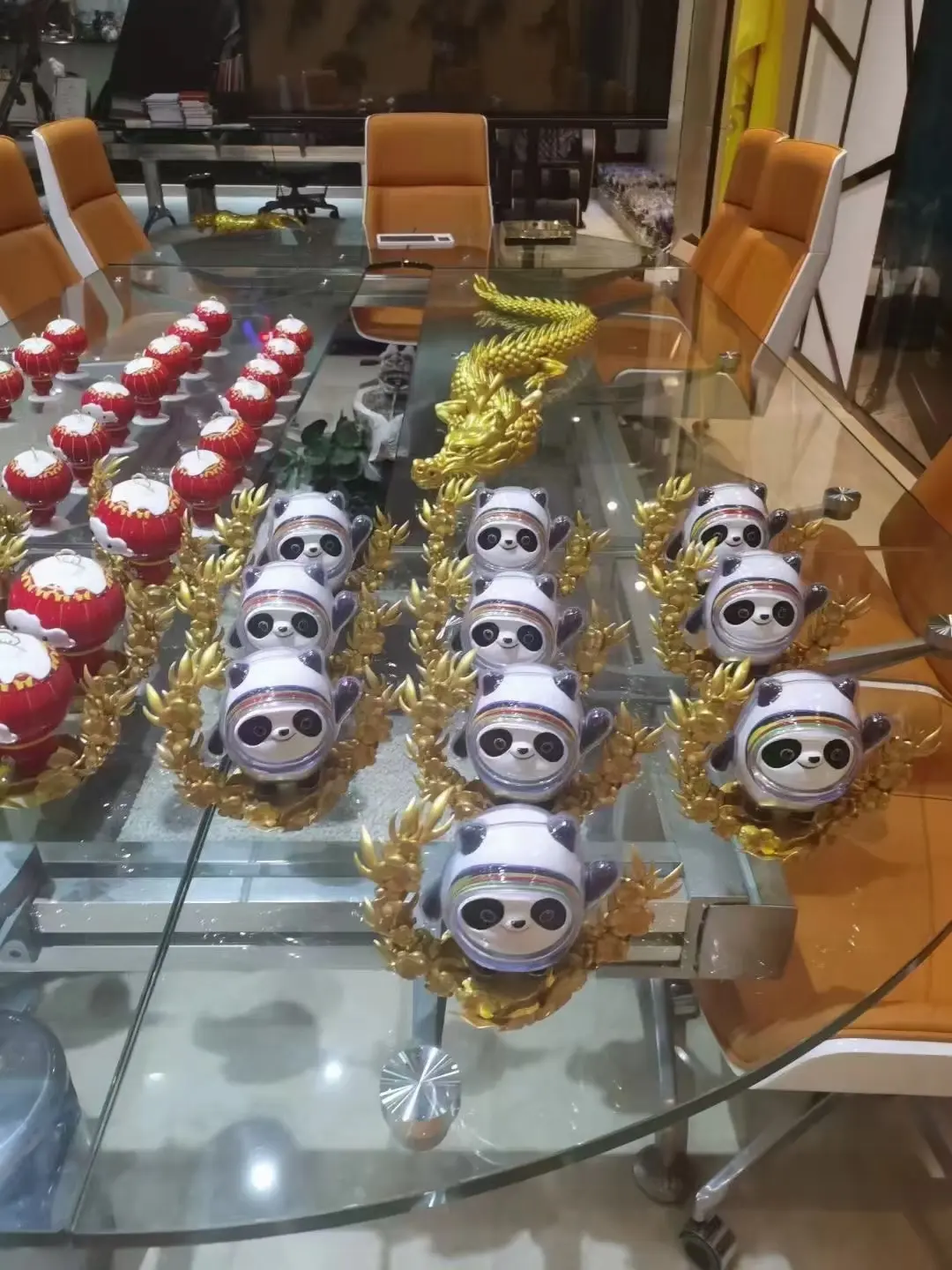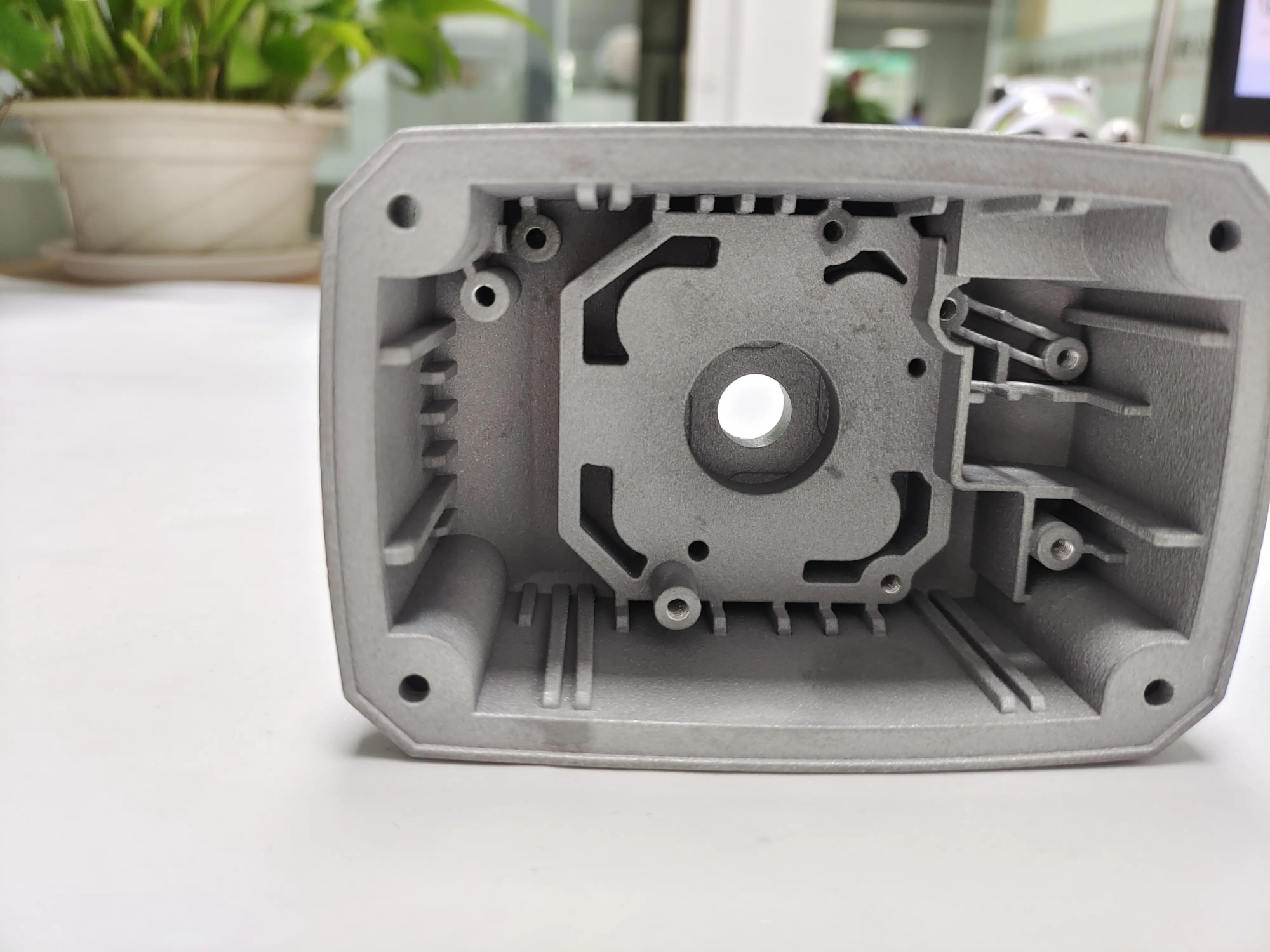Follow sports shoes, bicycle cushions and helmets, carbon extends 3D printing to another competition sport: football.
As one of the “armor” of the goalkeeper, the goalkeeper’s gloves have had a story of more than a hundred years since they were officially included in the rules of football matches in 1875. During this long evolution, despite the continuous iteration of manufacturing processes and materials, the goalkeeper gloves are mainly based on the forming of traditional molds and manual assembly, it is difficult to reach personalized personalized personalized and adjusting refined performance.
Today, the manufacturer of sports equipment Reusch has teamed up with the 3D Carbon printing company to launch the first world guards gloves to use 3D printed shot areas. Carbon uses the network structure capabilities of its digital photosynthesis technology (DLS) to create a “striking area” with high elasticity, resistance to tear and energy absorption performance, which Reusch calls the “heart of gloves”.
On this basis, Reusch incorporates a number of its own key technologies: Fusion Gip Latex provides a 24/7 handle; Evolution Negate Cut offers a ball control experience that adapts as a second layer of skin; The adaptiveflex closure system balances the stability and flexibility of the wrist.
Christian Hilber, product manager for goalkeepers at Reusch, said: “Compared to rubber or traditional latex, the 3D 3D mesh structure provides better rebound and energy feedback, while being lighter and more flexible. We design around performance limits, incorporating 3D printing backhand with our own basic technologies to create innovative products that combine functional and front design. “
Ren JIAQI, an application development engineer at Carbon, has added: “In recent decades, gloves’ loss panels have mainly used DRIP LATEX. Today, the 3D printed network gives gloves a new design language, while improving energy amortization and better protecting the back of the hand. I believe that the potential of this technology is only the tip of the iceberg.”
Currently, this limited edition glove came out worldwide last month and is priced at around $ 200. For carbon, it is undoubtedly another daring attempt in the applications of sporting goods. On the current market, similar 3D printing companies are rare. Of course, Boli can be considered a family, especially in the 3D printed shoe track, which firmly took first place.





